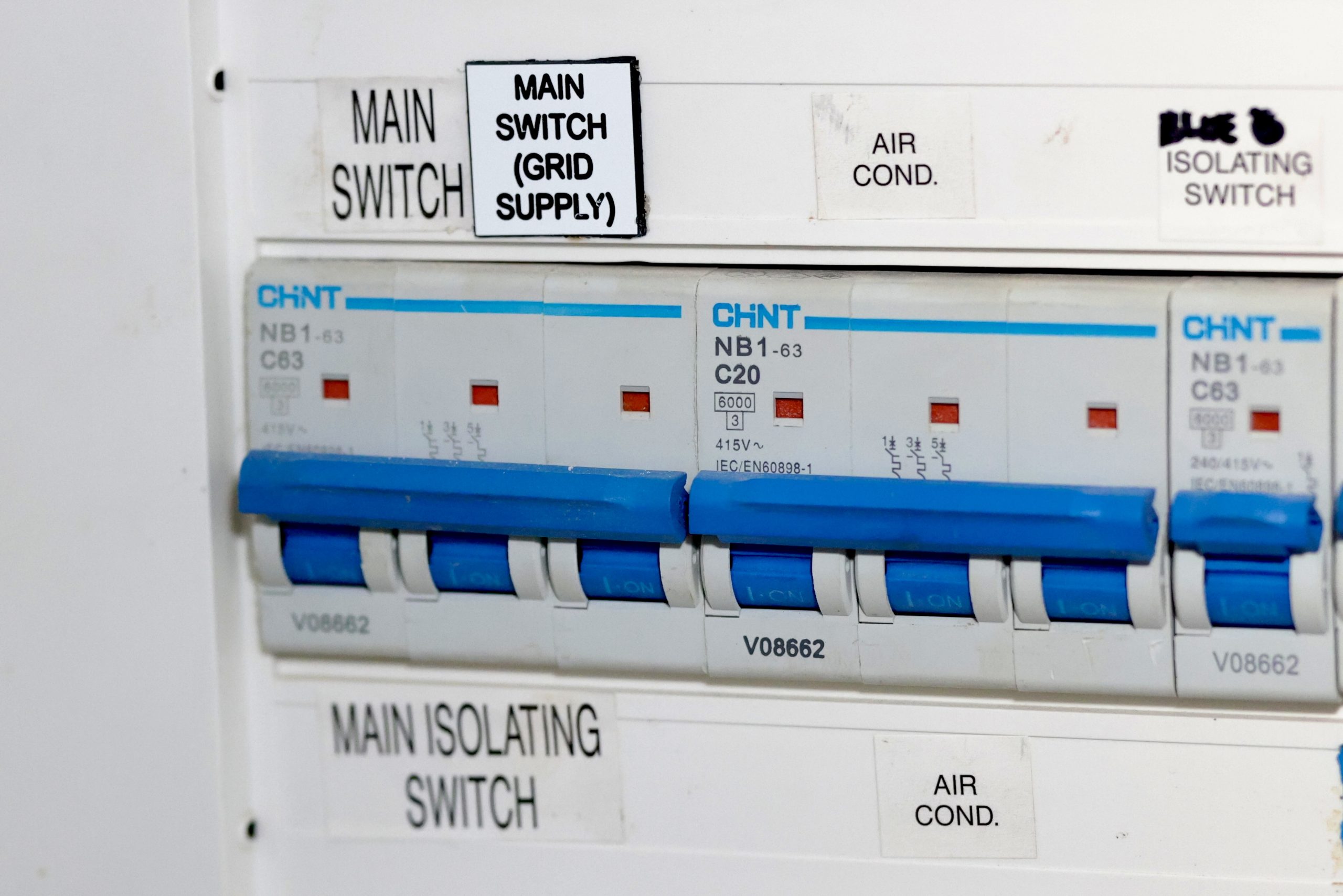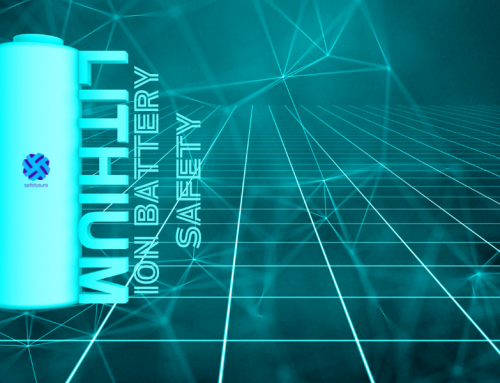The changes to the AS/NZS 3000:2018 Wiring Rules came into effect on the 26th June 2018. The purpose of the changes is to keep pace with technology like LED lighting, solar panels, home automation and electric vehicles.
In many parts of Australia, authorities have set specific dates from when the new regulations will be legally binding under work health and safety laws. For example, the enforcement date for the AS/NZS 3000: 2018 Wiring Rules across Australia is generally set for 1 January 2019. From this date forward, regulators will require that all electrical installations adhere to these standards. Failure to comply could result in fines or official notices as per the relevant work health and safety or electrical safety legislation.
The new AS/NZS 3000:2018 edition contains a number of changes from the previous 2007 edition including:
- new requirements for safety switches;
- enhanced requirements for MEN earthing systems, including bonding of pool structures and wet areas;
- increased mechanical protection for cables installed within a ceiling space;
- additional installation requirements for electrical appliances, accessories and equipment;
- enhanced safety requirements for electrical equipmentinstalled in locations exposed to water;
- five new appendices now include:
- continuity of supply for active assisted living;
- electrical conduits;
- installation of arc fault detection devices;
- guidance for the installation and location of electrical vehicle charging stations;
- DC circuit protection and switching devices.
The news standard will have the greatest on electricians, who must ensure that the new changes are implemented in their applicable work by 1 January 2019. If you’re a business engaging an electrical contractor, please check with your contractor to ensure that the requirements of the changes will be included in your scope of work and that installations will comply with the requirements of the new standard.
Safetysure would also recommend businesses and property owners be vigilant in compliance with the new standard. If a property owner was to get a project undertaken by an electrical contractor (and the work that they had undertaken was not compliant), there is a risk that, in the event of an incident then insurers may refuse to pay claims. In some circumstances, building owners may not be able to sell the property until the work is brought up to the new standard requirements.
There are now mandatory requirements in AS/NZS 3000:2018 for residual current devices (RCDs), commonly called safety switches to be placed on all residential installations and every single circuit.
Specific details for RCDs (as provided by NECA) include
- RCDs shall be of a fixed setting type with a rating not exceeding 30 mA
- In all installations where more than one circuit is installed and there is more than one lighting circuit, the lighting circuits shall be distributed between RCDs
- In domestic/residential installations:
a. The number of circuits protected by one RCD shall not exceed three
b. Where there is more than one final sub-circuit, a minimum of two RCDs shall be installed
c. All final sub-circuits shall be RCD protected
d. The RCD shall be installed at the switchboard from where the final sub-circuit originates
e. RCD protection is not required where only repairs are undertaken - Non-domestic (commercial) installations:
a. Socket outlet and lighting circuits ≤ 32 amps require RCD protection
b. Unless the wiring has additional mechanical protection, the RCDs are to be installed at the switchboard from where the final sub-circuit originates
c. RCD protection is not required where:
i. Only repairs are undertaken
ii. Disconnection of the circuit would create a greater danger (traffic lights)
iii. The final sub-circuit is used for specific equipment where tripping is unacceptable, provided that the outlet is in a position not likely to be accessed and is clearly marked - Alterations and switchboard replacements (all installations):
a. If an alteration to an existing circuit or a switchboard replacement is undertaken, RCD protection is required
b. Where socket outlets are added to an existing circuit, the RCD need only be installed at the commencement of the new additional wiring
c. Additions to existing lighting circuits without RCD protection do not require RCDs to be fitted
d. Where all of the circuit protection on a switchboard is replaced, RCD protection is required
e. Repairs only to a circuit do not require RCD protection to be installed. This includes the changing of a GPO from a single to a multi-point
You can purchase the Australian Standard on the SAI Global’s website.
Safetysure provides business with advice and audits on compliance with work health and safety legislation. We provide advice to clients around compliance with electrical safety standards. AS/NZS 3000:2018 will no doubt impact a range of businesses and property owners over the coming year. We’ve updated our audit schedules to capture applicable changes.







Leave A Comment